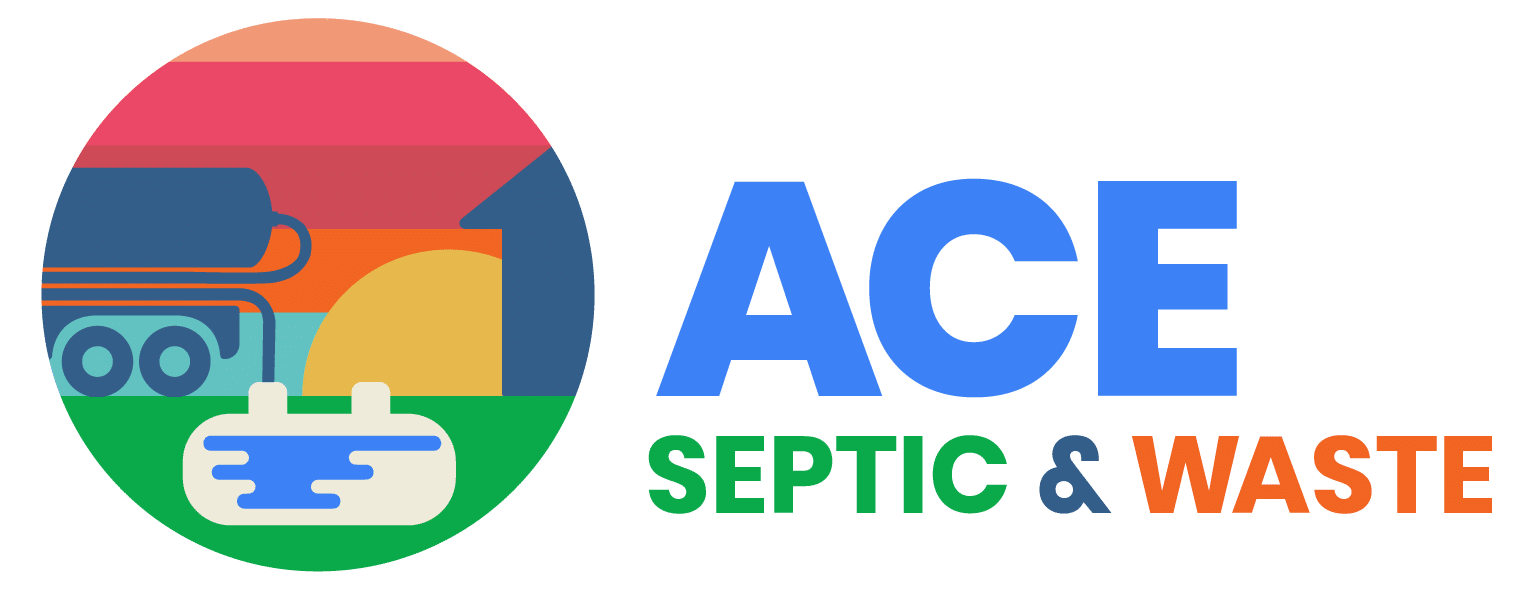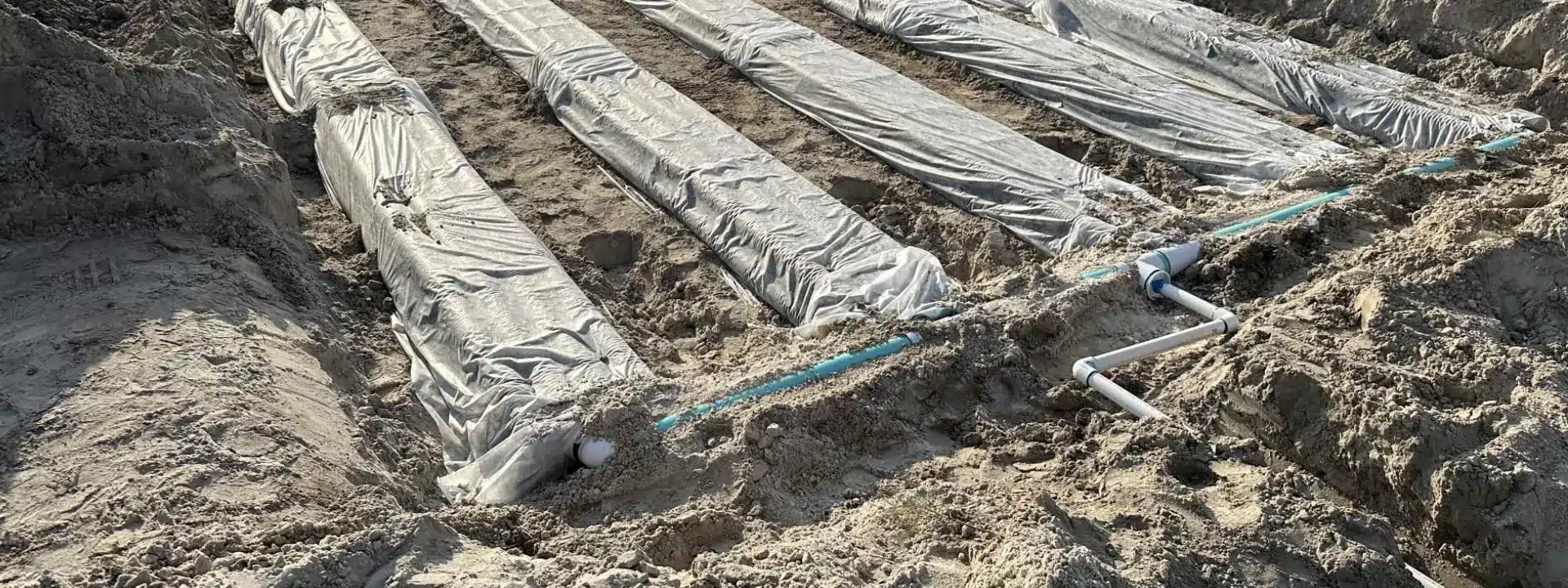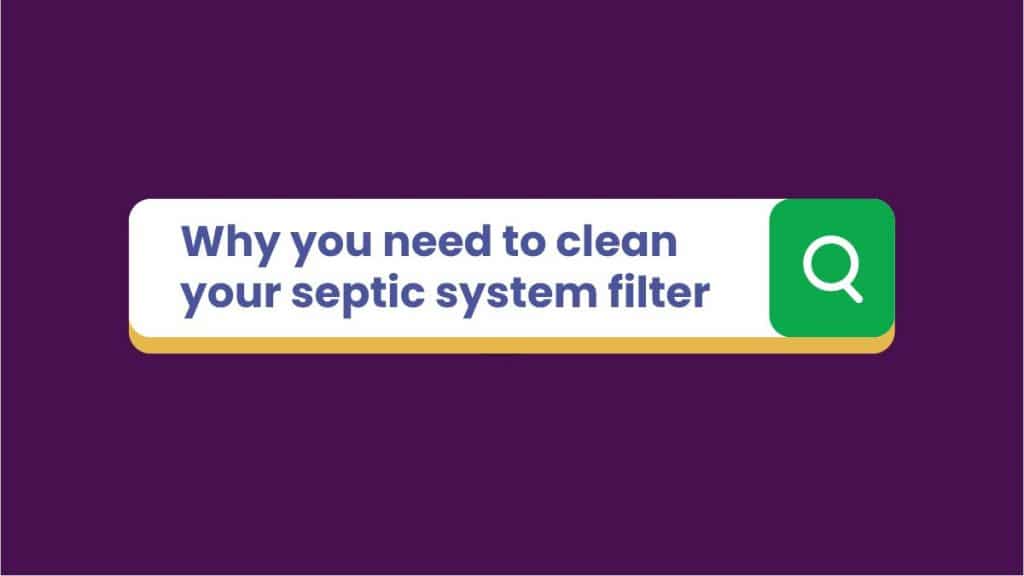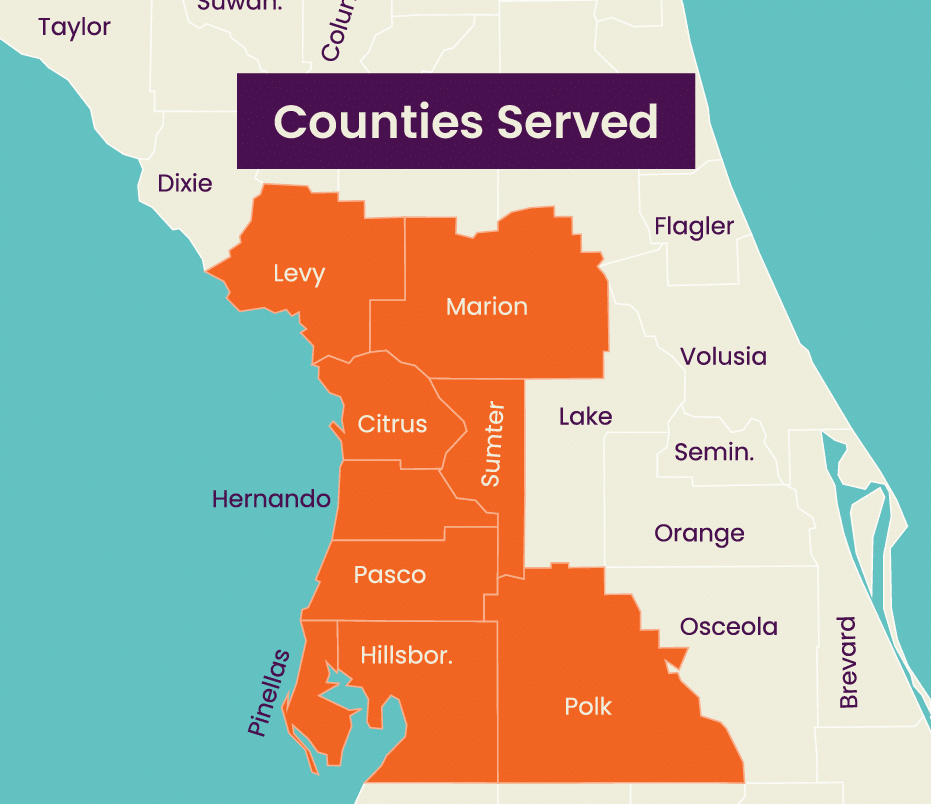For all septic systems, the drain field plays a pivotal role in effluent’s final treatment and dispersal into the environment. The design of the drain field is critical for ensuring efficient operation and longevity of the entire septic system. In Florida, where environmental sensitivity and water table levels present unique challenges, choosing the right drain field design is even more crucial. In this article, ACE explores the pros and cons of various drain field designs, helping Florida residents make informed decisions for their septic system needs.
Conventional Drain Field
A conventional drain field is the most traditional design. It consists of a series of trenches filled with septic-approved sand, or gravel and stone that receive the effluent from the septic tank. Perforated pipes are laid within these trenches, allowing the effluent to slowly seep into the surrounding soil for further treatment.
Pros:
- Widely Used: The traditional and most common design, and well-understood by septic service providers.
- Cost-Effective: Generally cheaper to install than more complex systems due to simpler construction.
Cons:
- Space Requirements: A large area is required for installation, which may not be available on all properties.
- Soil Limitations: Not suitable for all soil types; poor performance in compact or poorly draining soils.
Chamber System
Similar to conventional systems, a chamber system uses plastic chambers instead of gravel-filled trenches. These chambers provide a void space for the effluent, which percolates into the soil below. Chamber systems are often used in areas with high groundwater levels or where gravel is scarce.
Pros:
- No Gravel Needed: Eliminates the need for gravel, which can be beneficial in areas where gravel is scarce or expensive.
- Flexible Design: Offers more flexibility in site layout, especially in irregularly shaped areas.
Cons:
- Higher Initial Cost: The cost of chambers can be higher than that of traditional gravel and pipe.
- Durability Concerns: Plastic chambers may not be as durable as a well-constructed gravel and pipe system over decades.
Drip Distribution System
A more advanced and efficient system that distributes effluent more uniformly across the drain field. It uses a pump to send effluent through a filter to a series of drip tubes placed in shallow trenches. This system benefits locations with slow-absorbing soils, limited space, or uneven terrain.
Pros:
- Efficient Water Usage: This system allows for an even distribution of effluent, which is particularly effective in areas with slow-absorbing soils.
- Reduced Space Requirement: Can be used in smaller areas compared to conventional systems.
Cons:
- Higher Cost and Complexity: Requires a pump, filter, and potentially more maintenance.
- Electricity Dependent: Relies on electricity for the pump, which may increase operational costs and require backup power solutions.
Mound System
Mound systems are a drainfield designed for locations with shallow soil depth over impermeable materials like clay, rock, or high groundwater. This system pumps effluent to a mound of specific sand placed above the natural soil surface. The mound’s sand will filter the effluent before it moves into the soil.
Pros:
- Suitable for Difficult Sites: Ideal for sites with shallow soil, high groundwater, or bedrock.
- Enhanced Treatment: The sand fill provides additional effluent treatment.
Cons:
- Visually Obtrusive: The mound can be a significant and visible feature in the landscape.
- High Installation and Maintenance Costs: More expensive to install and maintain than other systems.
Aerobic Treatment Units (ATU)
Though not a drain field design per se, ATUs can be part of the septic system that introduces oxygen to the effluent before it reaches the drain field. The oxygen promotes aerobic bacteria growth, which more effectively treats the wastewater before it disperses into a traditional or modified drain field.
Pros:
- High-Quality Effluent: Provides a higher level of effluent treatment, reducing environmental impact.
- Compact Design: Suitable for properties with limited space.
Cons:
- Operational Costs: Requires continuous operation of mechanical components, increasing electricity usage.
- Maintenance Requirements: Regular professional maintenance is needed to ensure proper function.
Constructed Wetland System
Constructed wetland systems mimic the treatment processes occurring in natural wetlands. Effluent flows through a bed of wetland plants that remove pollutants. It’s a sustainable option that provides high-quality effluent treatment.
Pros:
- Environmentally Friendly: Mimics natural processes to treat wastewater, creating potential habitats for wildlife.
- Low Energy Use: Operates without electrical pumps or mechanical parts.
Cons:
- Land Usage: A significant amount of land is required for the wetland area.
- Variable Performance: Efficiency can vary based on plant health and seasonal changes.
Choosing the Right Drain Field Design
Selecting the appropriate drainfield design depends on several factors, including soil type, property size, environmental regulations, and budget. Consulting with a reputable septic service provider like ACE Septic & Waste is crucial. Our experts can assess your property, guide you through the selection process, and ensure your drain field meets both your needs and environmental standards.
For Florida residents, understanding the pros and cons of different drain field designs is key to making an informed decision. Whether you’re installing a new septic system or upgrading an existing one, ACE Septic & Waste offers professional advice and services to keep your system functioning efficiently and protect Florida’s precious ecosystems.
In conclusion, the choice of drain field design significantly impacts the effectiveness and sustainability of a septic system. By considering each option’s specific advantages and limitations, homeowners can ensure a functional, environmentally friendly wastewater treatment solution that serves their needs for years to come.







